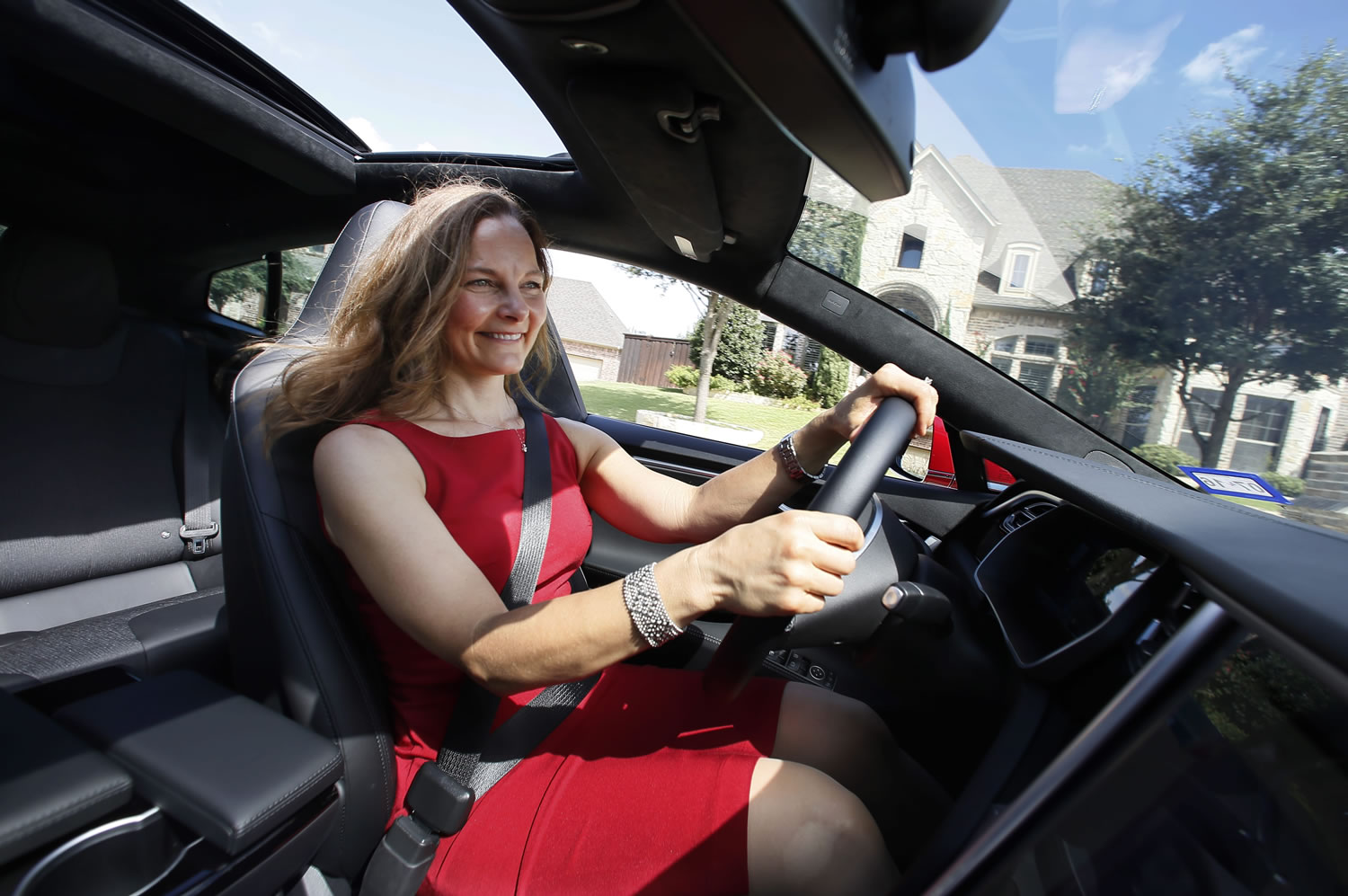DETROIT — Tesla Motors shareholders Mark Peters and Elizabeth Farrell Peters had a simple request for the electric-car maker at its annual meeting in June: Stop offering leather interiors and make Tesla the first “cruelty-free” premium brand.
Shareholders rejected the proposal after Tesla’s board said it would delay production of its electric cars. But Tesla CEO Elon Musk seemed intrigued.
“We’ll look into it,” he said. Last month, the Peterses took delivery of a leather-free Tesla Model S, the second one in their Hurst, Texas, garage.
For car buyers like the Peterses — who have been vegans for more than two decades — leather-free choices are limited. The car-buying site Edmunds.com says 78 percent of 2015 model-year vehicles have standard leather seats on at least one trim level. In other words, buyers content with basic models can get cloth seats and plastic steering wheels, but as they add options like better engines, heated seats or upgraded speakers, they usually have to add leather seats.



